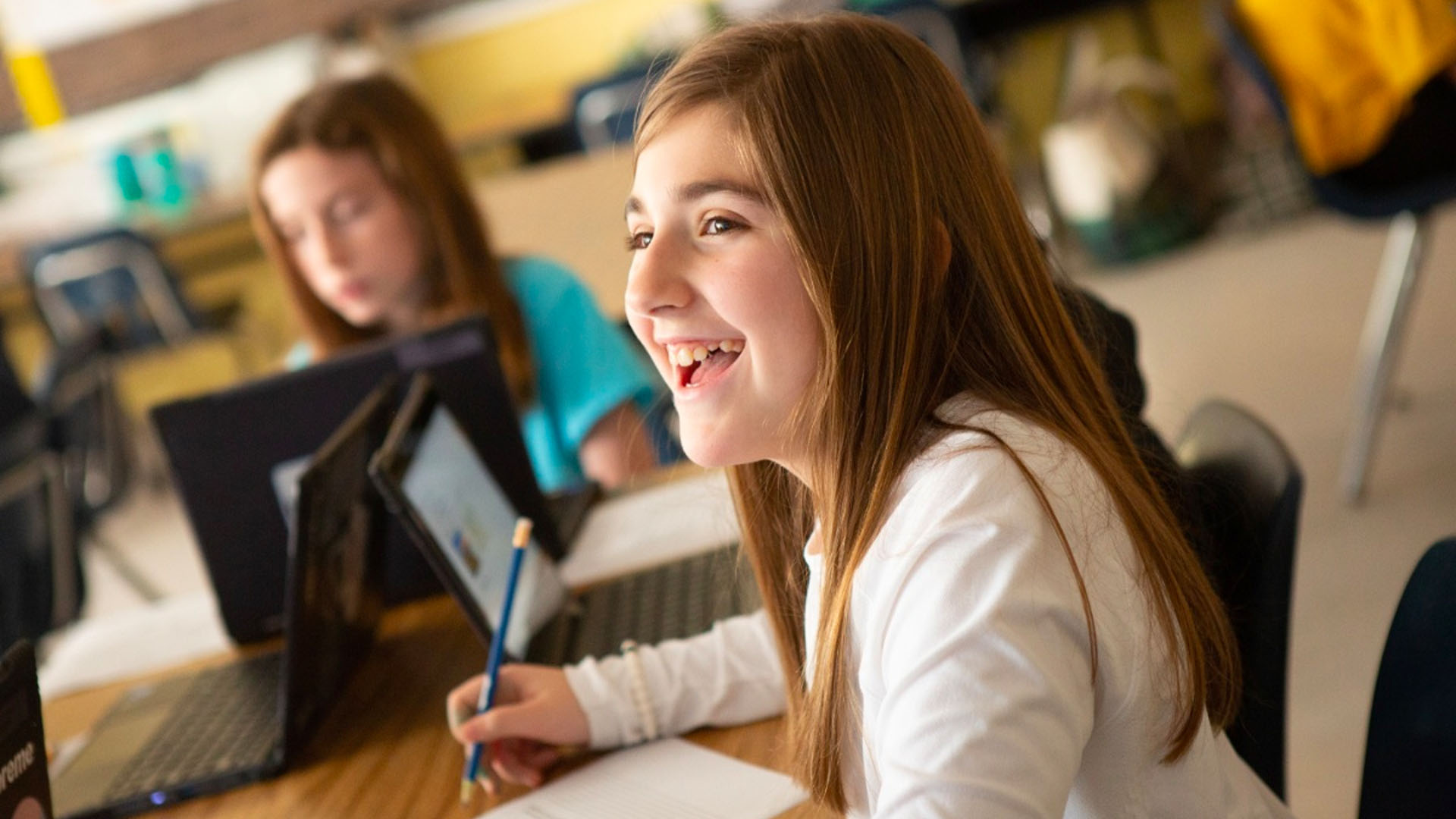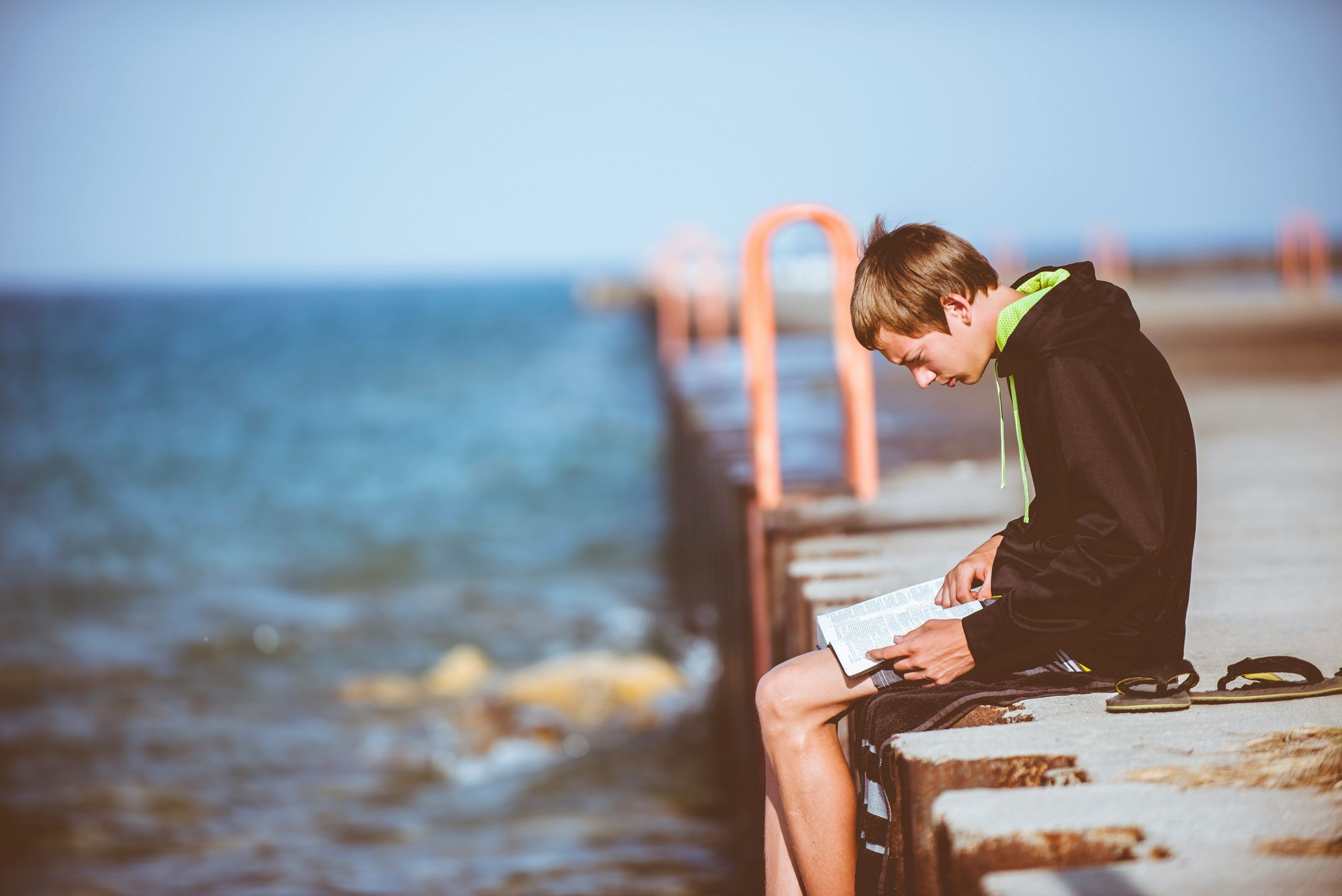
Fact Feeds Fiction (Part 3)
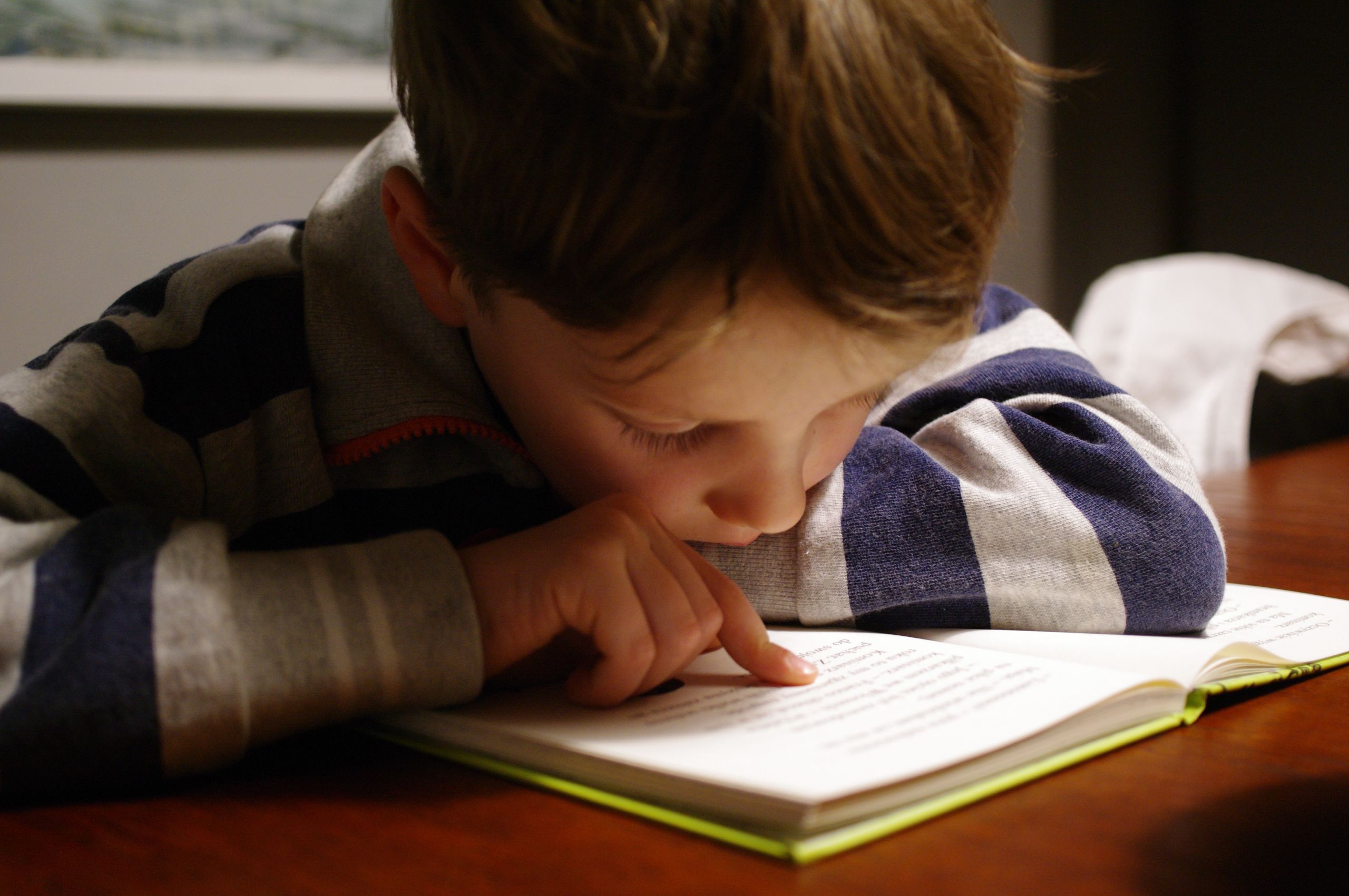
Fact Feeds Fiction (Part 2)
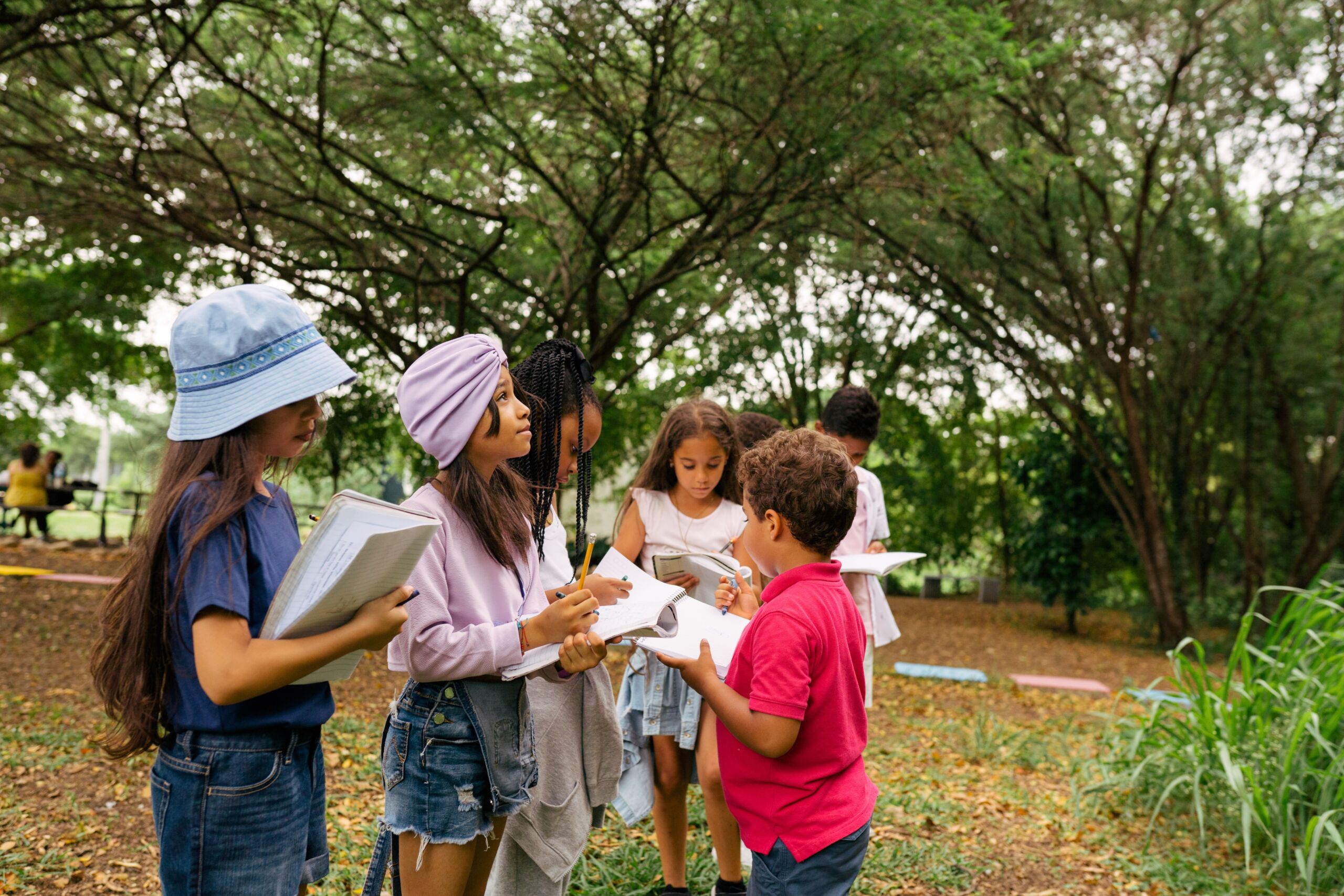
Fact Feeds Fiction: Pairing Non-Fiction and Fiction Titles
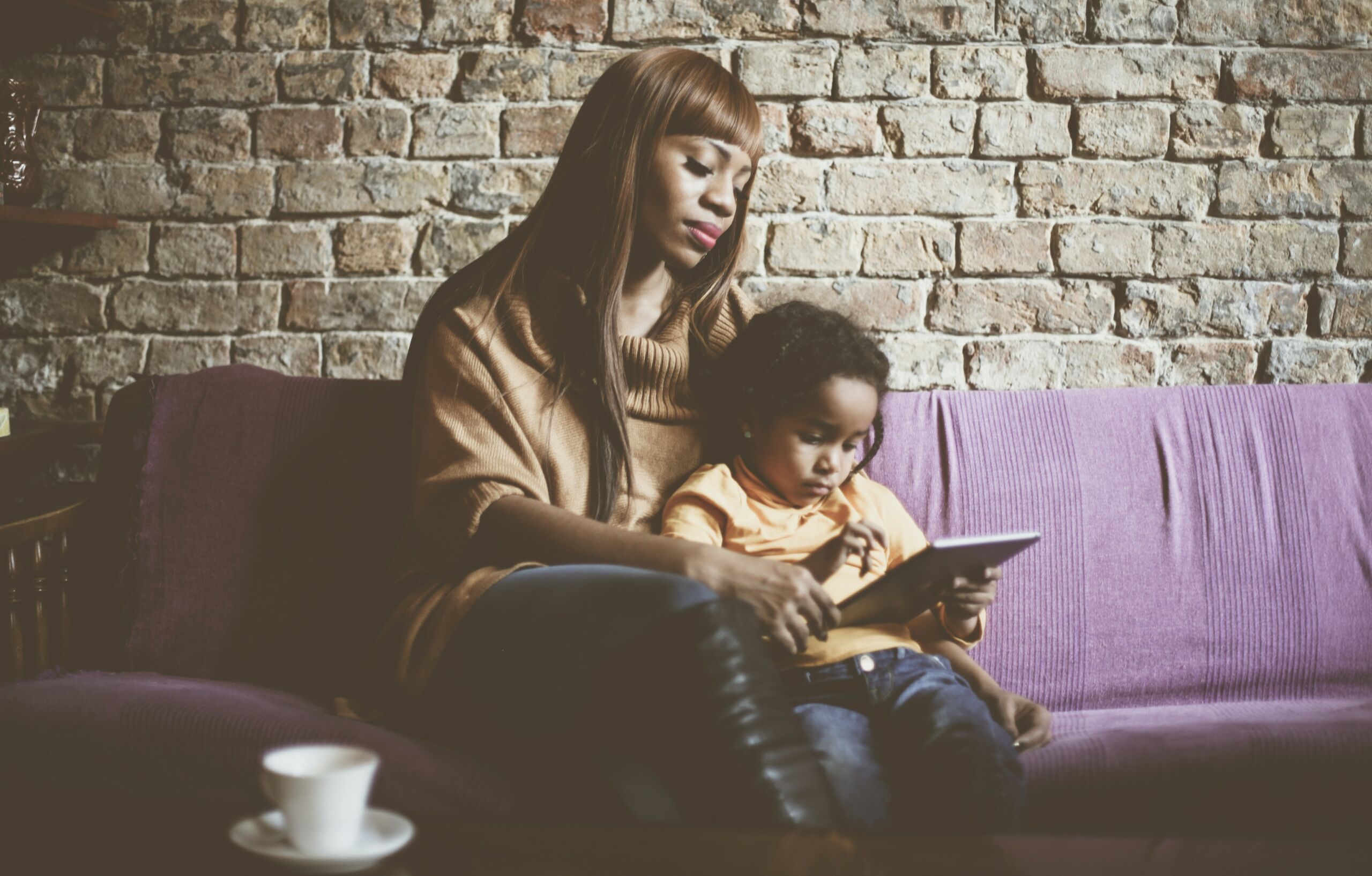
Picture Book Potential Part 2: The Feel Good Side
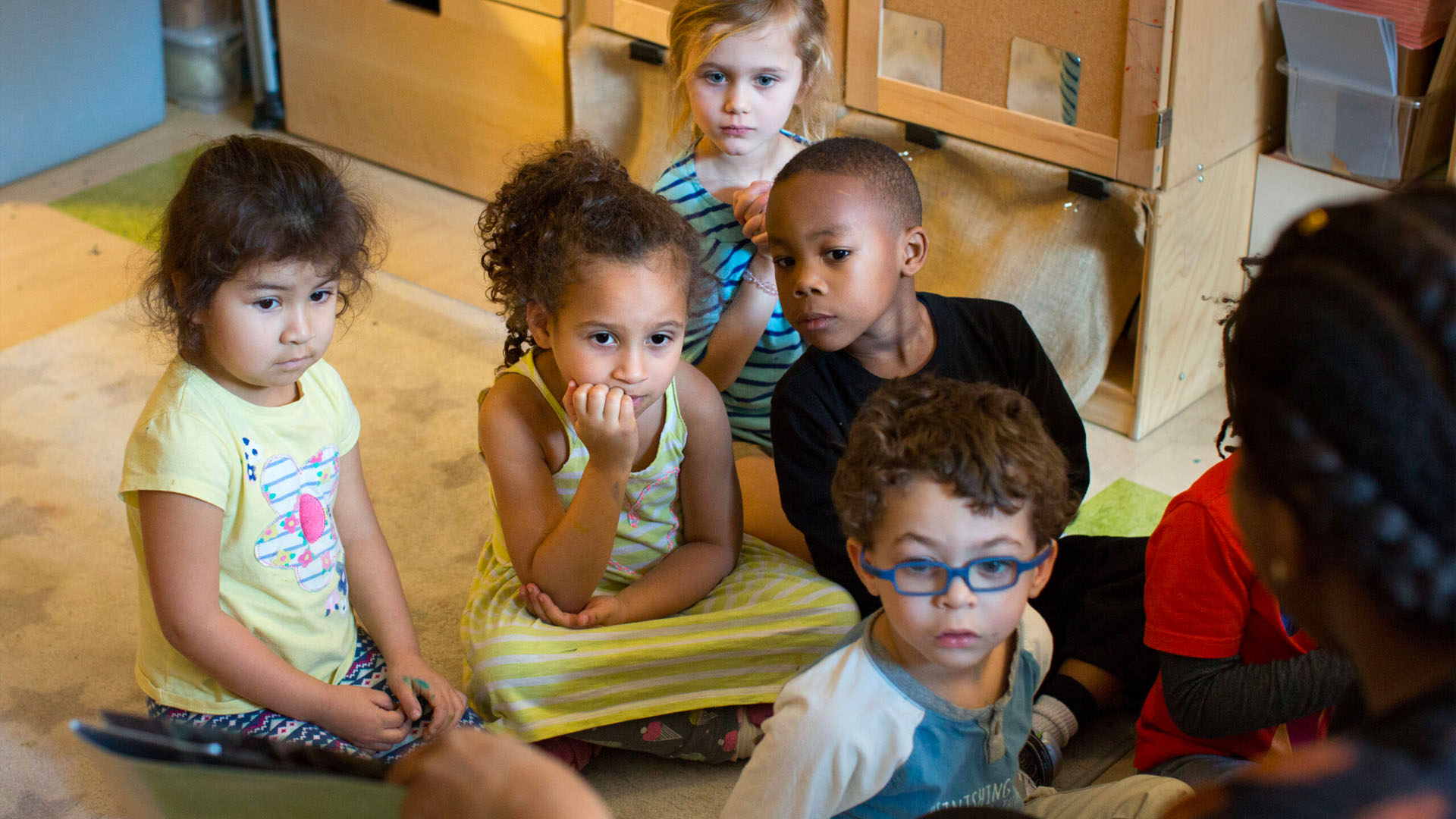
Picture Book Potential Part 1: The Academic Side
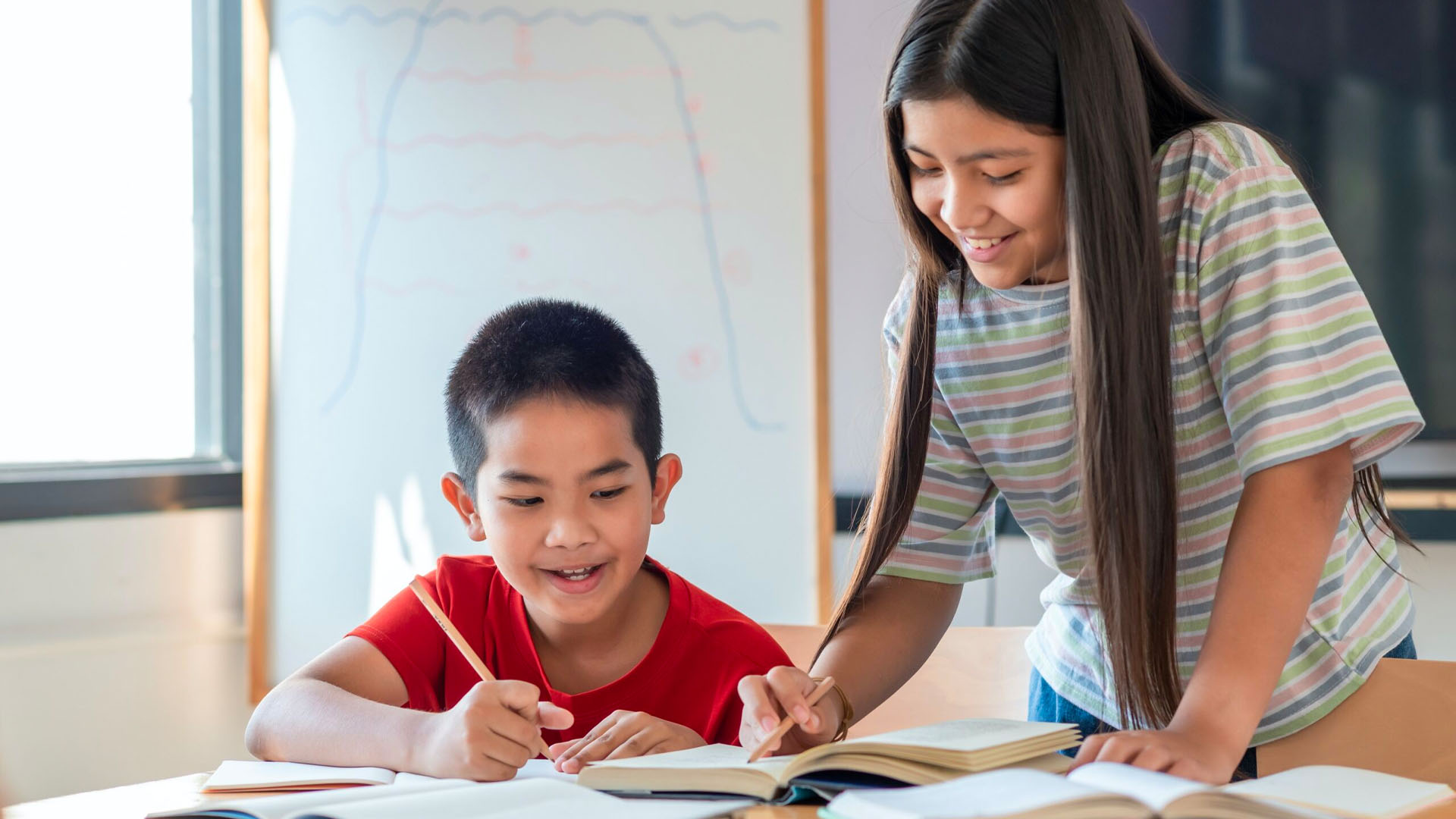
Building Curiosity with Text Features
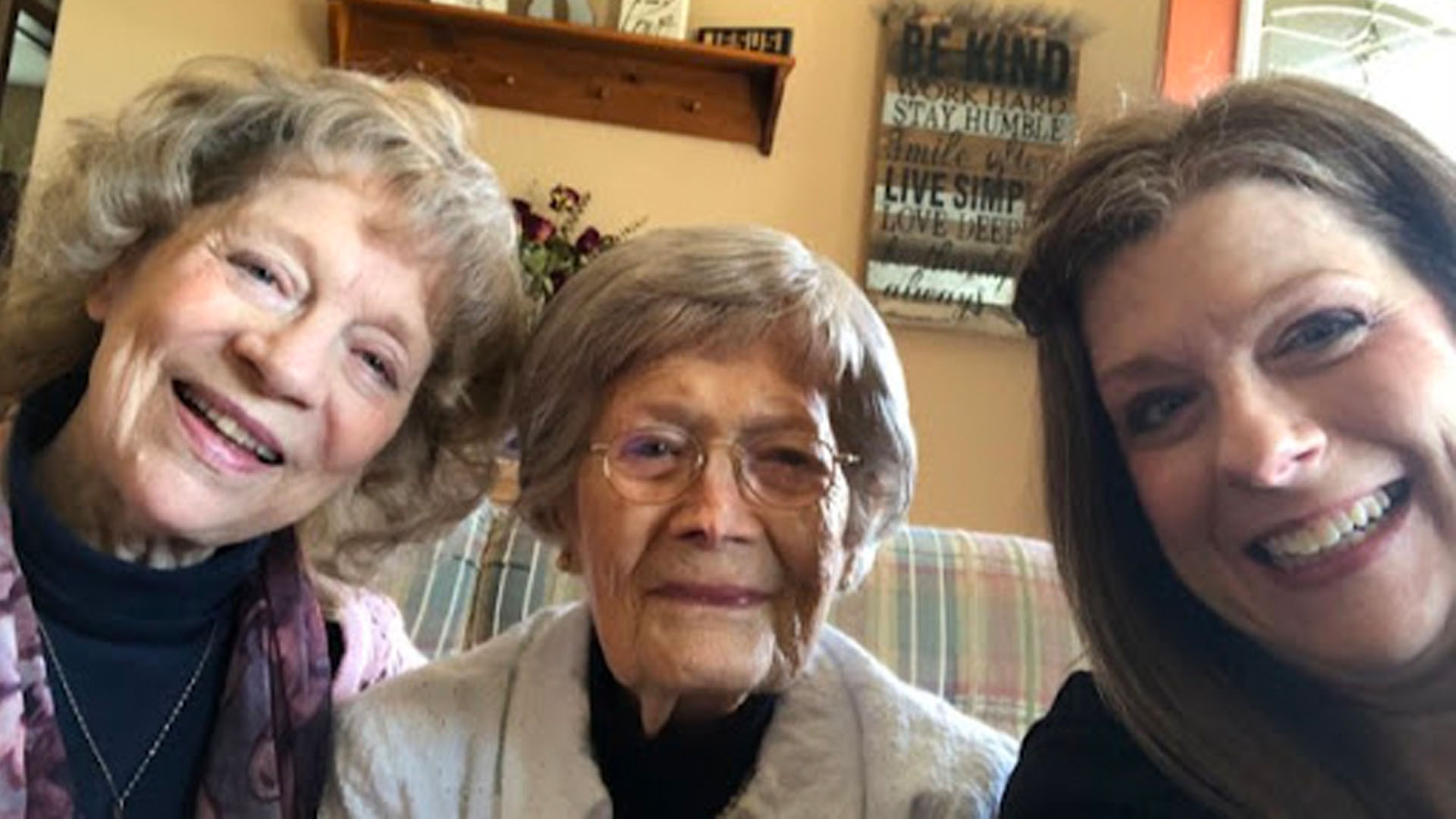
The Profound Effects of the COVID Experience & Guides in the Next Steps Forward
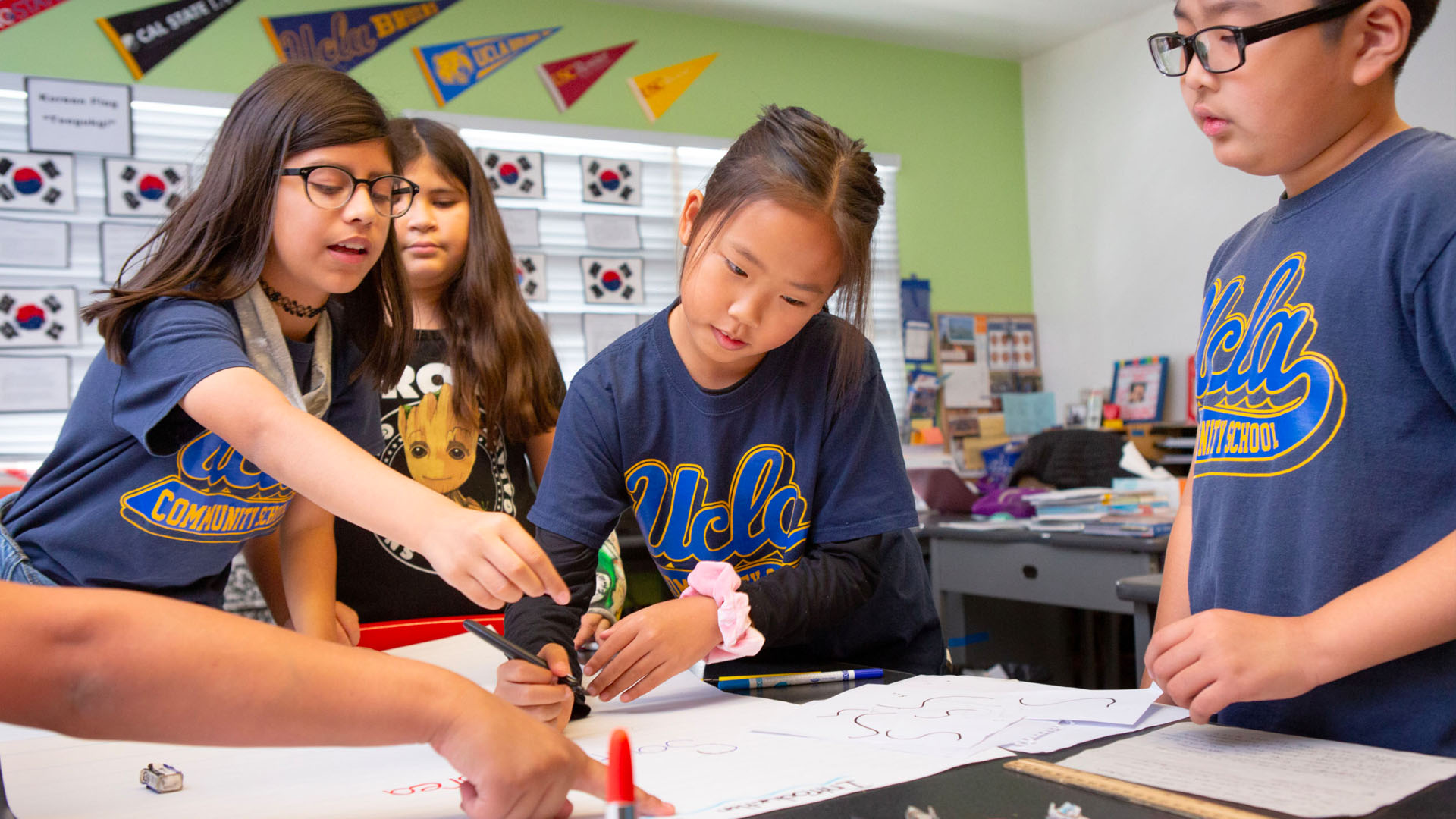
Revive the Shelves with Primary Sources: See. Think. Wonder.
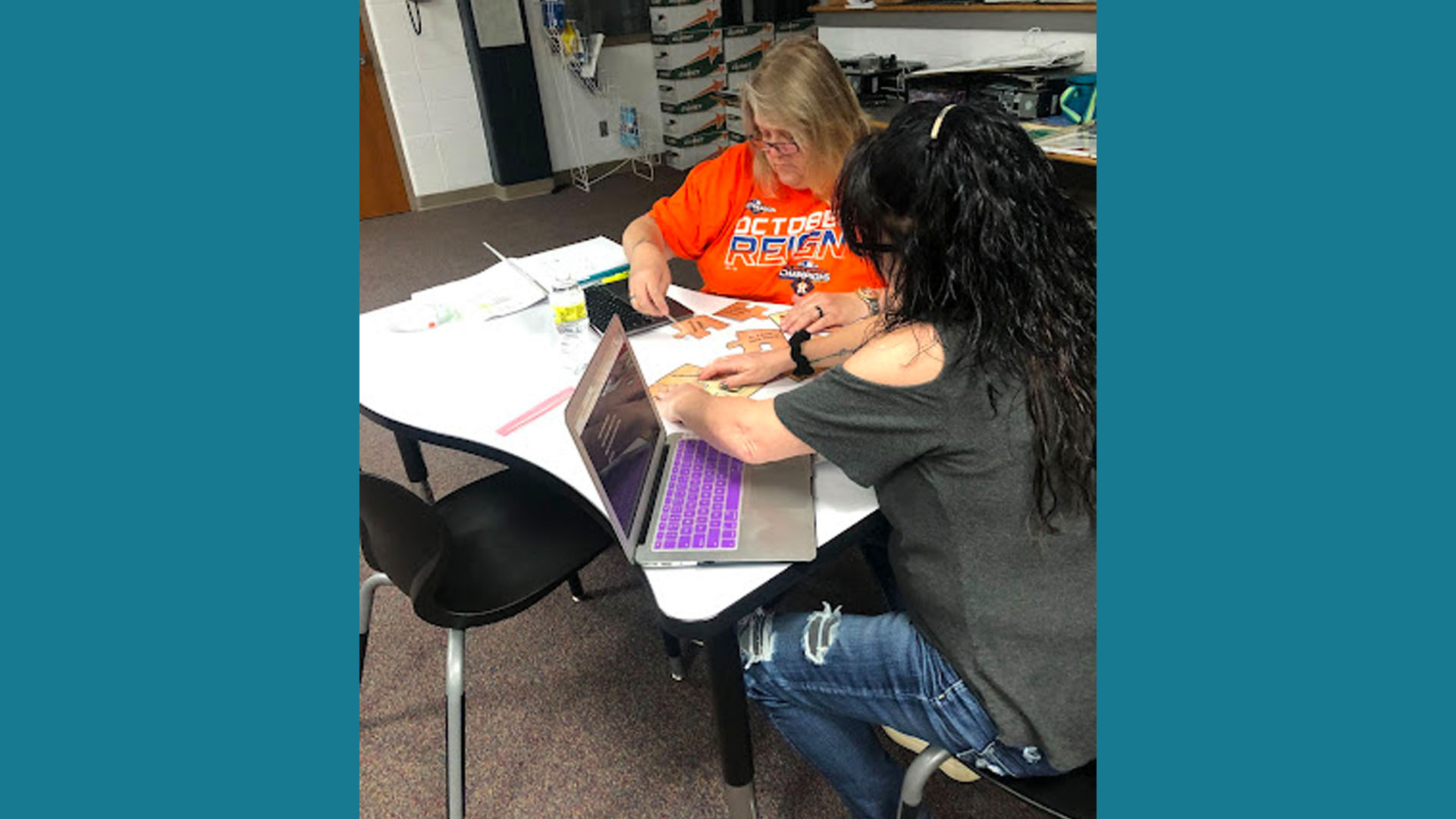
Curating Curiosity with People Puzzle Pieces
